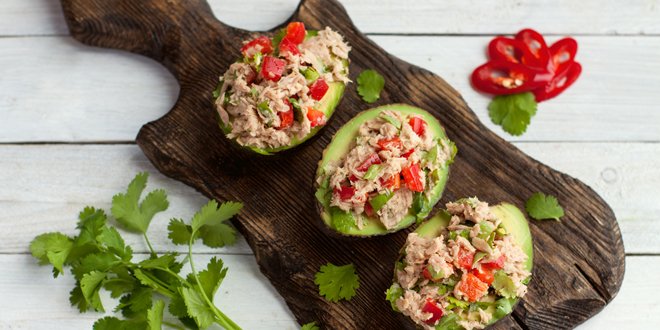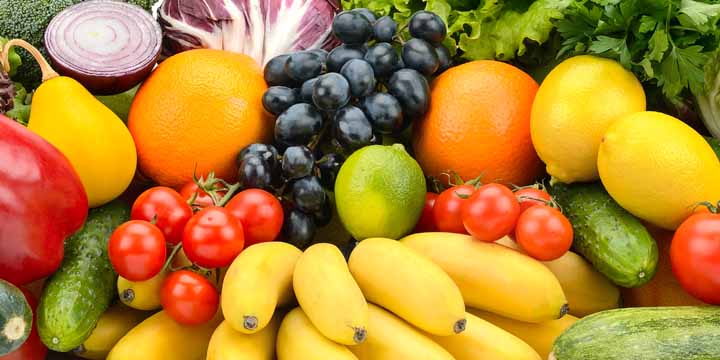
We’ve all heard about carrots being good for your eyes. But this crunchy, low-fat, tasty vegetable packs a whole slew of other health benefits too. Here’s a look at the mighty carrot and why you can add it to your diabetes meal plan in moderation.
Why are carrots good for you?
Carrots are a great source of vitamins (especially A, C and K) along with antioxidants to help boost the immune system and fight disease. These tasty treats are also packed with healthy nutrients such as fibre and potassium.
True to their reputation, orange carrots in particular help keep the eyes healthy because they have beta-carotene, which the body changes into vitamin A, a nutrient essential for good vision. But unless you are deficient in vitamin A, as from a poor diet, malabsorption problems, or alcoholism, for example, beta-carotene (or vitamin A) won’t make bad vision better. As it is, most Canadians get enough beta-carotene and vitamin A in their diets.
Some studies have shown that diets higher in beta-carotene may be protective against diabetic retinopathy, a complication of diabetes that can lead to vision loss. Beta-carotene may also reduce your risk of macular degeneration, glaucoma, cataracts and other eye issues.
Can I add carrots to my diabetes diet?
With all these benefits one would assume carrots are a safe addition to your diabetes meal plan. But it depends on where they’re grown. Carrots cultivated in warm and sunny Australia, for example, have a low glycemic index of 39, which means they will have less impact on your blood sugars. In Canada, where carrots have adapted to a long and cool growing season, their GI is much higher at 92. Foods with a GI of 55 will have the least impact on blood sugar levels.
Of course, that doesn’t mean you can’t enjoy these nutritious vegetables in moderation. For perspective, two medium raw carrots have 41 calories, 9.6 grams of carbs and 2.8 grams of fibre. As with every type of food, remember that the best way to determine how carrots will affect your blood sugar is to test your levels before you eat them and then again after.
Ways to use carrots in your diabetes meal plan
Keep in mind that there are yellow, white, red and purple carrots in addition to the traditional orange kind. Try swapping in other colours to add variety to your next meal.
Here’s a great recipe for roasted carrots and another for chicken soup with carrots.
How many carrots can I have for a snack or side dish?
According to Canada’s Food Guide, we should all be eating seven to 10 servings of fruits and vegetables every day. So, if you have diabetes, feel confident in filling half your plate with vegetables and include a carrot or two. Having a variety of vegetables can help keep meals more interesting too.
When snacking on carrots, be mindful of accompanying dips and sauces which may pack unhealthy processed fats and negatively impact your blood sugar levels.
What about carrot juice?
Most vegetable juices—including those made from carrots—lack the fibre which is key to helping regulate blood sugar. Store-bought vegetable juices may also have fruits or other hidden sugars which can throw your blood sugars out of whack. When possible opt for the whole carrot over its juice. And if you’re thirsty, water is still your best bet.
What’s the bottom line on carrots?
Carrots are a nutritious, flavorful, inexpensive and versatile vegetable. But given their higher GI in Canada, watch your portions when adding them to your diabetes meal plan.



